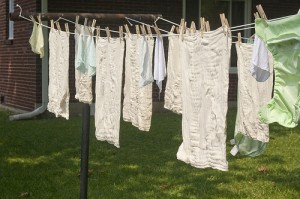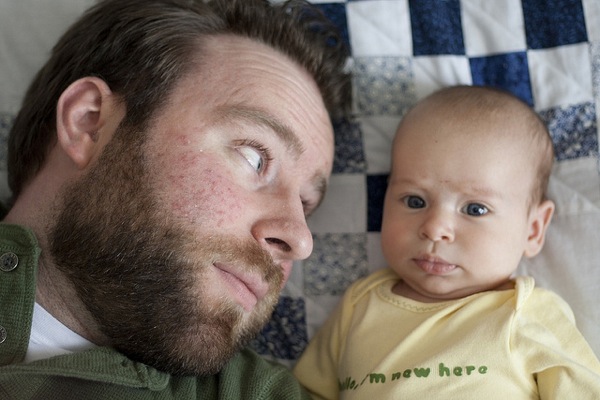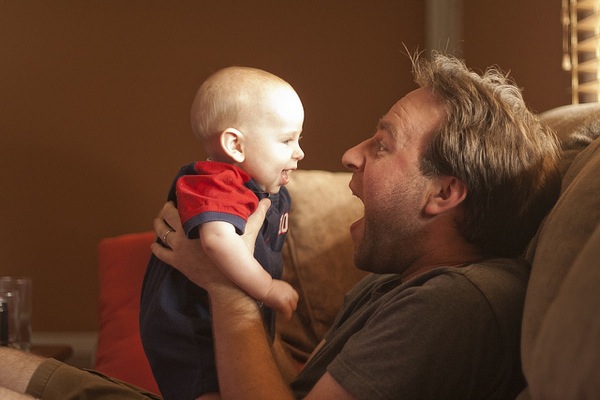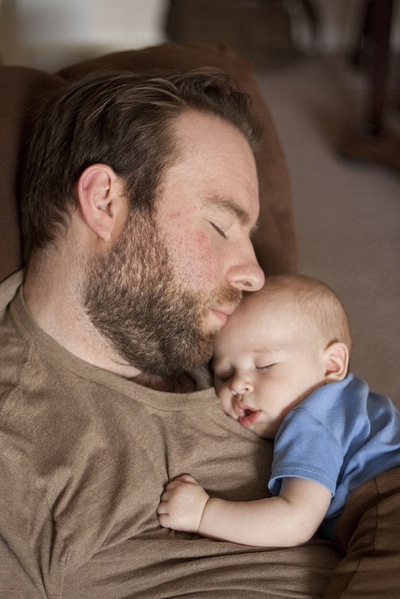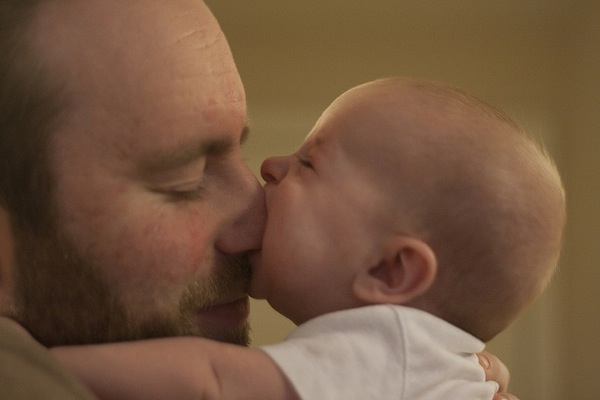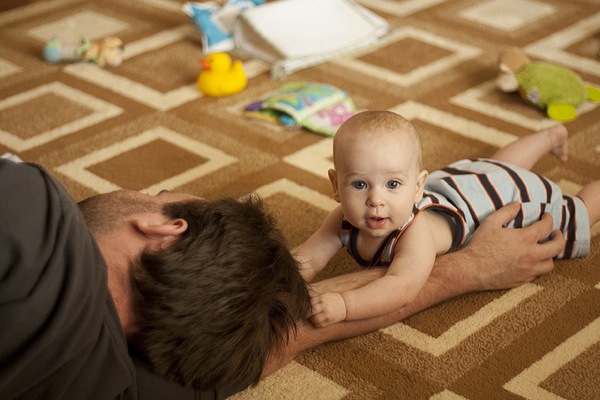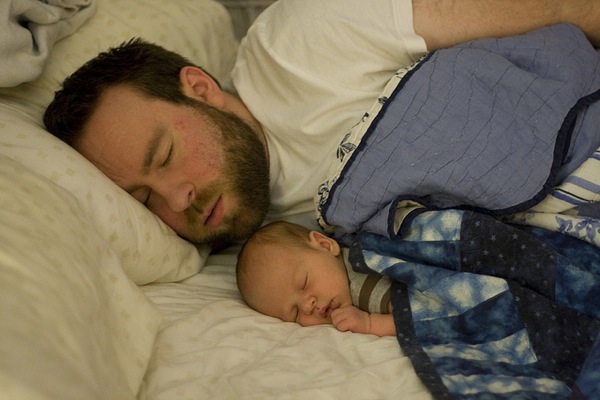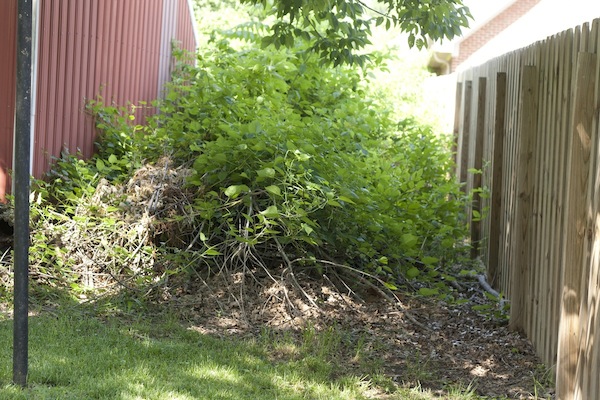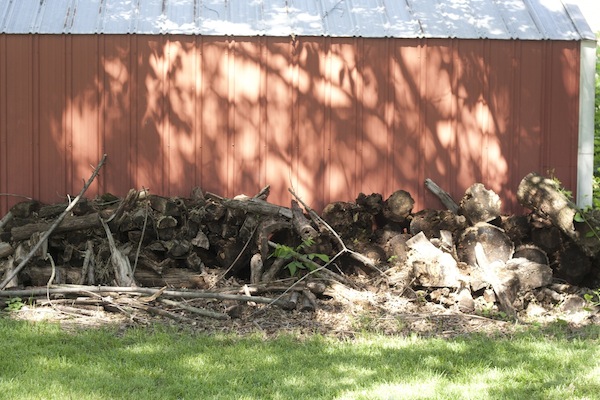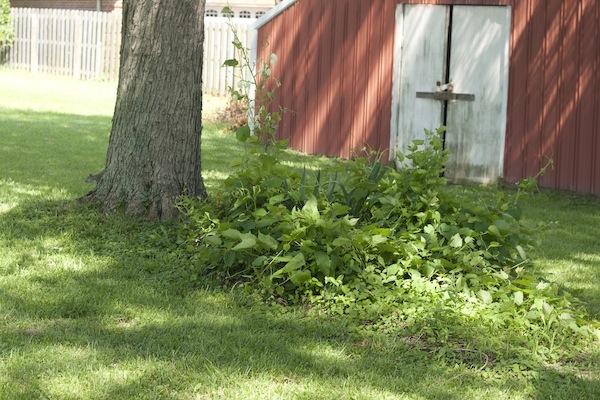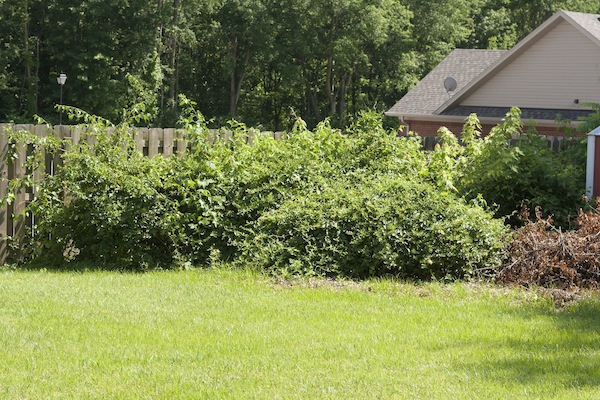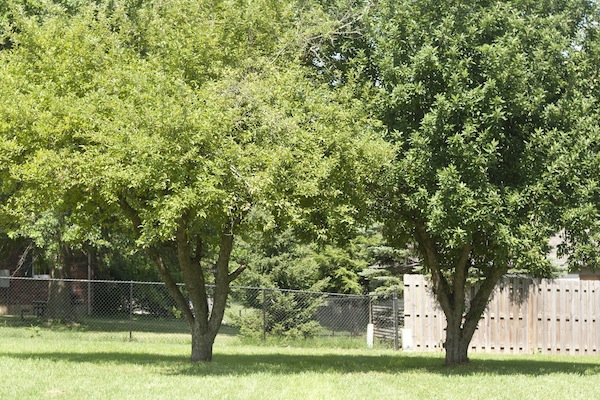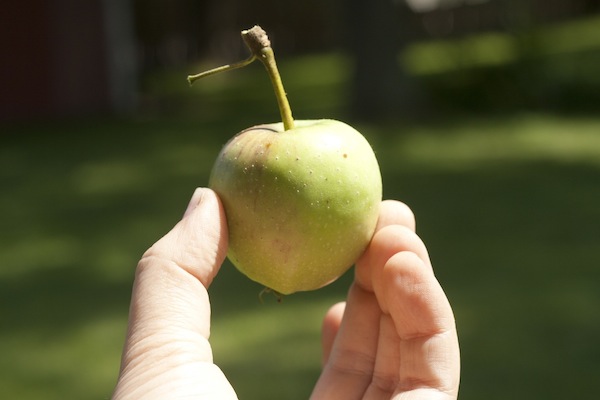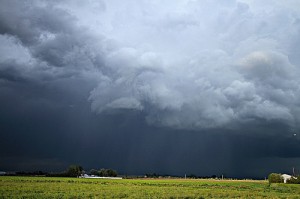 Early in August, this blog passed a milestone, and it didn’t even occur to me until a few days ago that I missed it. As of August 3, this blog is three years old.
Early in August, this blog passed a milestone, and it didn’t even occur to me until a few days ago that I missed it. As of August 3, this blog is three years old.
Normally when a birthday passes, people marvel, “Where has the time gone? It seems like only yesterday.” In this case, I don’t feel that way AT ALL. Instead, I’m all, “Seriously? It’s only been three years?! It feels like AT LEAST ten!”
My life is so drastically different now, it’s amazing to me that it was only three short years ago that I wrote the first post. For starters, just look at how skinny I was in the picture on the right — taken the night before my wedding a little over a month before I started blogging. Pfft.
- My husband and I were newlyweds and child-free.
- I was working full time while my husband was in grad school.
- We lived in North Carolina.
- We carried a large enough balance on our credit cards that we couldn’t pay it off in a month (though we were already well on our way to paying it off, and we’d drastically reduced our credit card debt in the year before I started blogging).
- We were renters with no plans to buy a home for the foreseeable future.
- We had no savings, no budget, and no financial plan.
- The idea of saving money for an emergency fund, a down payment on a home, and our future was so overwhelming that I remember feeling like it was impossible.
I don’t feel like the same person I was when I started this blog. Probably because I’m really not!
- I’m a mama now, which I suppose is the biggest change.
- My husband and I have swapped roles, as I’m a stay-at-home mom while he brings home the bacon.
- We live in Indiana again (and we couldn’t be happier about it!)
- We no longer carry a balance on our credit cards.
- We’re homeowners.
- We have a healthy emergency fund.
Most importantly, the past three years have taught me that no financial goal is impossible. Sure, it can be overwhelming, but if we’ve been able to make it work on our income, you can, too!
We’re a single-income household earning pretty close to the median income for our area. And yet careful budgeting, prioritizing, and planning allow us to live comfortably — even afford some little luxuries — without living paycheck-to-paycheck.
It’s amazing how much can change in three years. I wonder what the next three years have in store for us! I have a few new goals:
- Now that we’re homeowners, our focus is shifting to finally paying off our student loan debt.
- We’d like to increase our emergency fund savings to provide extra protection now that we have a mortgage to pay.
- We also have a list of home improvement projects we’d like to undertake once we’ve saved the cash.
- Totally unrelated to our finances, I’d like to be that skinny again. Whether that’s possible remains to be seen. Oof.
I hope you’ll stick around to find out what the next three years brings. I plan to keep writing as long as you keep reading. Actually, for the first 6 months or so, no one was reading, and I kept writing anyway. So I guess I’ll be around as long as I’ve got something to say, whether anyone wants to read it or not. :)


